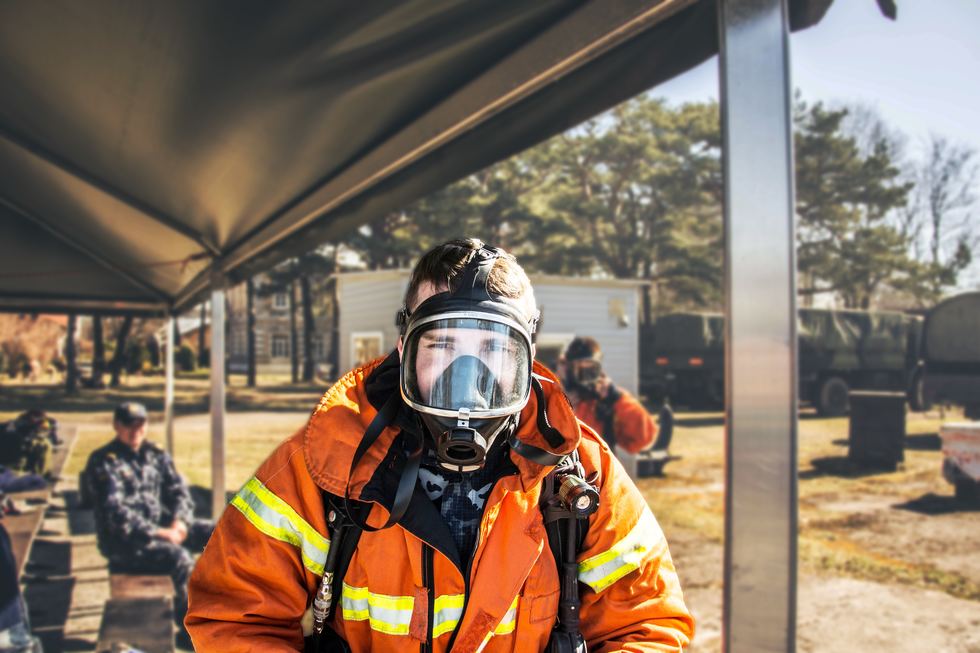


Posted August 29, 2019
Do you work in or own a business in New Zealand that involves delicate electronics or flammable gases? If so, then you are likely to know about or have worn a type of personal protective equipment (PPE), known as anti-static clothing. While it may be obvious as to what it does, how it works isn’t common knowledge.
This blog post aims to change that by delving deep into how this particular type of PPE works, as well as why it’s an integral part of workplace safety, such as the importance of using Arcpro protective clothing for electricians and other similar scenarios.
With that said, before we can tackle this subject, we must first understand how anti-static clothing protects against electrostatic discharge (ESD) and its potentially deadly effects in the workplace.
What is ESD?
ESD, or electrostatic discharge, is the accumulation and discharging of static electricity from one object to another. Static electricity builds when an object rubs against another object in such a way that the electrons transfer from one surface to another. This results in the first object becoming positively charged with static electricity. When this positively charged object comes into contact with another, differently-charged object, a circuit is formed and the static electricity is discharged. This sudden flow of electricity often creates a visible spark.
If you’ve ever felt a stinging shock whenever you walk across a carpet and then reach out to touch something that’s made of metal or even someone else, then you’ve just experienced a real instance of ESD.
But why protect against ESD?
Any kind of electric shock, even something seemingly as minor and insignificant as an ESD event, also transmits heat. It’s this heat in ESD’s that can cause the greatest damage to electrical components, especially delicate ones such as microchips. When a microchip is exposed to electrostatic discharge, one of two things can happen: either the microchip is completely burned out and rendered immediately useless, or it suffers what is known as a “latent defect”;
A latent defect will cause the microchip to malfunction at some point during its lifetime, effectively turning it into an unreliable product. With both scenarios ultimately resulting in a broken electrical device, it’s in a business’s best interests to minimise the occurrence of ESD's as much as possible.
The minuscule amount of heat from ESD events can also be enough to ignite flammable gases within the workplace. With how catastrophic and damaging such events could be to a business and its workforce, ESD must be protected against with anti-static clothing.
How does anti-static clothing work?
There are multiple types of anti-static clothing, and each type works differently. One particular type involves the clothing having conductive threads or materials woven into them. These conductive threads absorb generated static and allow it to be continuously and harmlessly discharged into the ground through the wearer’s feet. Another type of antistatic clothing involves the garment itself being made of a material that minimises friction and can stretch easily, such as rubber, latex, and manmade plastics. This limits the generation of static electricity on a physical level.
Whichever type of anti-static clothing is used, though, the result is the same: the safe dissipation or elimination of static electricity, preventing overall incidents of ESD.
The importance of anti-static clothing in workplace safety
Static electricity may seem like a minor everyday annoyance. However, as stated above, it becomes a bigger and more urgent safety concern, especially in business and industrial settings where delicate electronics and flammable material or gases are involved. Neglecting static electricity and its potential dangers can easily result in a disastrous explosion or fire that can cost millions in property damage, as well as a catastrophic loss of life.
If you work in such a business or industry, then you must invest in proper anti-static clothing and solutions. Doing so will help you steer clear of the dangers of electrostatic discharge, while also allowing your business to remain profitable and operational for years to come.